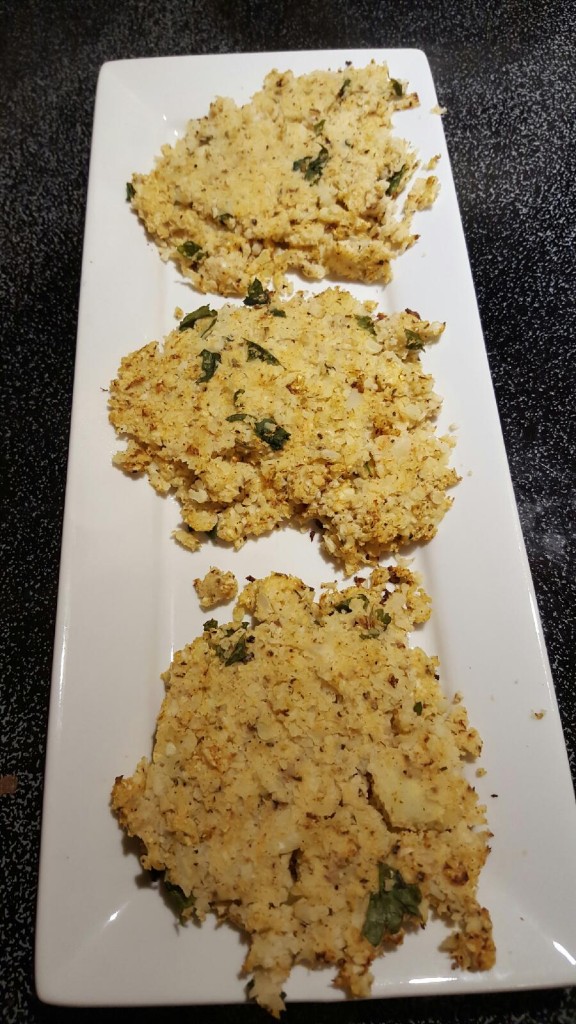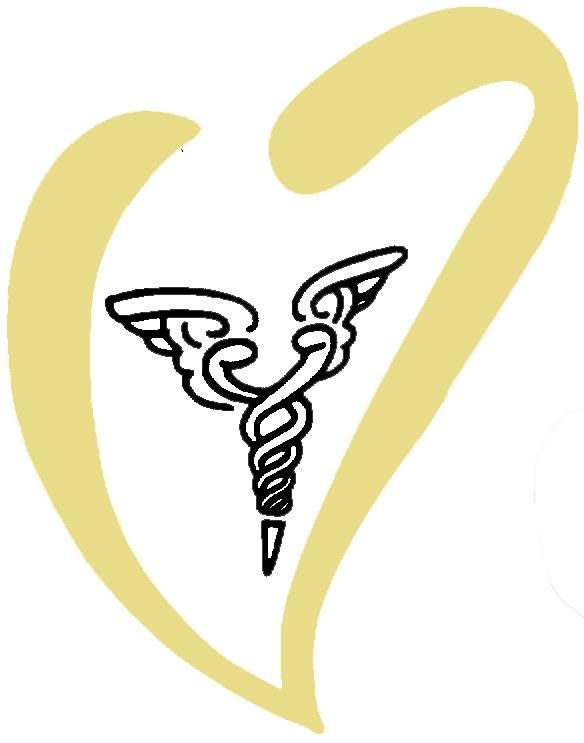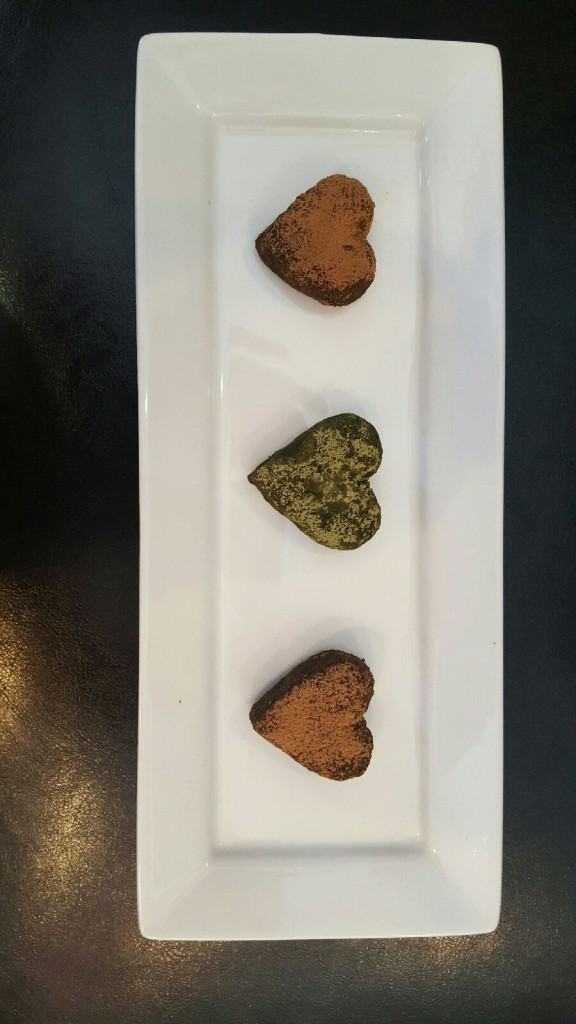By Ed|
- “Exploring the Science Behind Naturopathy: Evidence-Based Approaches to Wellness” In this article, delve into the scientific basis of naturopathy and explore how various natural therapies and treatments align with evidence-based practices. Highlight research-backed modalities such as herbal medicine, acupuncture, and nutritional interventions, shedding light on their efficacy and safety.
- “Harnessing the Power of Mind-Body Connection: Naturopathy’s Approach to Holistic Wellness” Explore the concept of the mind-body connection in naturopathy and its significance in achieving holistic wellness. Discuss practices like meditation, yoga, and mindfulness that promote mental and emotional well-being, while also impacting physical health. Provide practical tips on incorporating mind-body practices into daily life.
- “Unlocking Nature’s Pharmacy: The Role of Botanical Medicine in Naturopathy” Dive into the world of botanical medicine and its integral role in naturopathic treatments. Discuss popular herbs, their therapeutic properties, and evidence-supported uses. Explore how naturopaths leverage botanical medicine to address various health conditions, while emphasizing the importance of professional guidance and potential herb-drug interactions.
- “Supporting Immune Health Naturally: Naturopathic Approaches for a Stronger Immune System” Highlight naturopathic strategies to boost immune health naturally. Discuss the role of nutrition, lifestyle modifications, and specific herbs or supplements in strengthening the immune system. Address common misconceptions surrounding immune-boosting practices and provide evidence-based recommendations.
- “Preventive Care through Naturopathy: Empowering Individuals to Prioritize Wellness” Discuss the preventive aspect of naturopathy and its role in promoting long-term wellness. Highlight key practices such as optimizing nutrition, stress management, regular exercise, and targeted supplementation. Emphasize the importance of proactive health approaches and offer practical tips for readers to incorporate into their daily routines.
Remember, when writing articles on naturopathy or wellness, it is crucial to maintain a balanced perspective, acknowledge potential limitations, and encourage readers to consult qualified healthcare professionals for personalized advice.
Remote Zyto Scan sessions are now available! Now you can have the benefit of a Zyto Scan in the comfort of your own home! You can either purchase a hand…
https://standforhealthfreedom.com/action/covid-vaccines-must-be-voluntary/?utm_campaign=Daily%20Newsletter%3A%20Replay%20of%20Livestream%20_%20%28UC7PHw%29&utm_medium=email&utm_source=Daily%20Newsletter&_ke=eyJrbF9lbWFpbCI6ICJkcm1lbG9keWhhcnRAZ21haWwuY29tIiwgImtsX2NvbXBhbnlfaWQiOiAiSzJ2WEF5In0%3D
Get enough sleep Eat more whole plant foods Eat more healthy fats Eat more fermented foods or take a probiotic Limit added sugar Engage in moderate exercise Stay hydrated Manage…
|
|||
|
Pollen Alert! Thursday June 20th from 4 – 6 pm, appointments suggested but walk ins welcome. Sensitivity Elimination Treatment 50% off, $40.00 Eliminates your bodies response identifying allergen as a…
Preventing health diseases may sound like a serious task to overcome. But with just a few easy additions to your daily diet, women can protect yourself against gallbladder illnesses, breast…
THE LIGHT KINESIOLOGY A UNIQUE THERAPY FOR MORE HEALTH Light-Kinesiology is an independent and coherent method that describes a milestone on the way to a drug free medicine. Over the…
“Biophotons” by definition, only come from living organisms and not from machines. This proprietary technique using “Biophoton Realignment Mirrors” are unique in that they really give the body back its…






